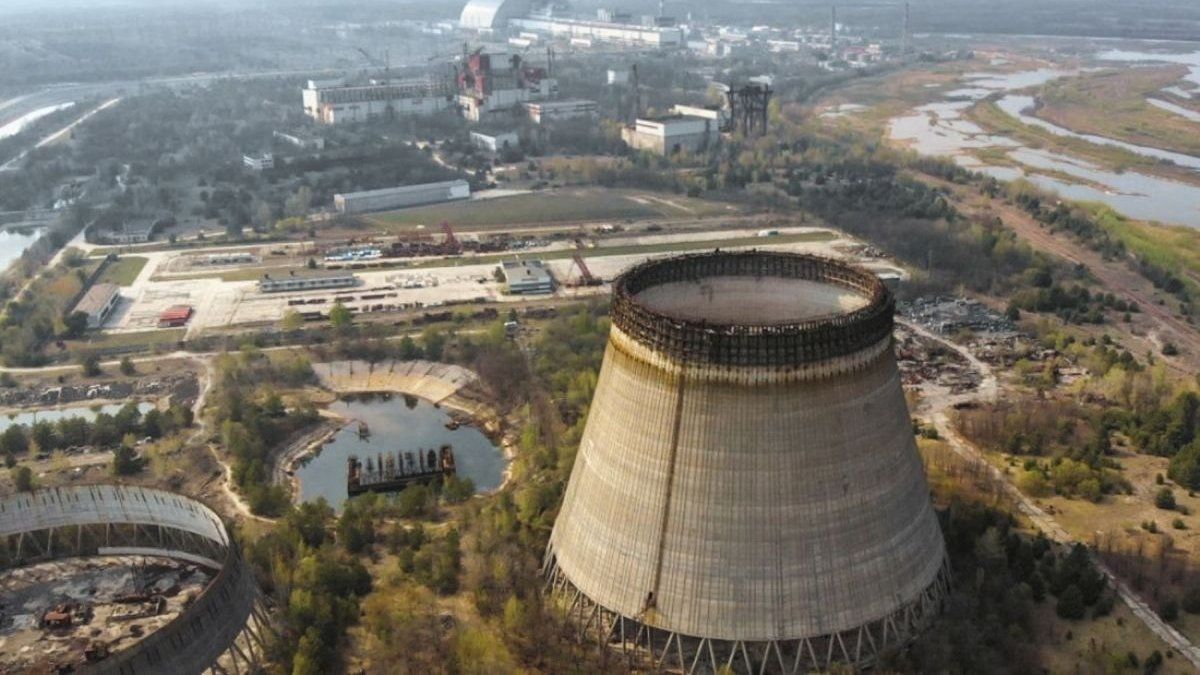When we refer to the atomic bomb or an atomic explosion, the names of Hiroshima or Nagasaki, dropped in Japan on August 6 and 9, 1945, during World War II, come to mind.
But there was another powerful atomic explosion one April 26, 1986, known as the Chernobyl tragedy.
It happened in Ukraine when it was part of the Soviet Union. It was a detonation in the Vladimir Ilyich Lenin nuclear power plant3 kilometers from Pripyat., near the city of Chernobyl.
Of course, in this particular case, it was not the product of anyone’s will, but only the consequence of an accident.
But not for that, there were few fatalities or fewer injuries or less destruction. No. It was terrible too.
The accident occurred near the triple border between present-day Russia, Belarus – another country that recently became independent – and Ukraine.
Today, more than 34 years after the catastrophe, it is still almost impossible to reliably establish the specific consequences for people’s health and even the total number of victims that resulted.
The tragedy, product of the conjunction of technical, human and construction errors, was triggered at 1:24 a.m. on that April 26, 1986, when a chain of explosions unleashed a huge fire in one of the reactors of a nuclear power plant near the city of Chernobyl.
Millions of people, of course, not only in Ukraine, were exposed to the effects of the radioactive cloud, which with the passing of days – although somewhat attenuated – spread throughout much of Europe.
High levels of radiation were also detected in Poland, Germany and Austria. And to a lesser extent in Switzerland, Italy and France.
Currently, on the reactor that caused the accident there is a concrete and steel construction, to prevent radiation from continuing to poison a large part of the planet. In addition to the fatal or severely damaged victims, the fifty thousand inhabitants of Pripyat, the city closest to the reactor, and the three hundred thousand of the city of Chernobyl, a little further away, had to leave their homes. Not a single person remained.
A short time later, an area with a ban on inhabiting it was established, about 200 km to the four cardinal points, although a few hundred people, most of them elderly, ignored the order and continued to live in Chernobyl.
240 km away – that is, outside the exclusion zone – is the city of Ivankov, also in Ukraine.
In it, an international organization requested permission to carry out different medical tests on a thousand students from a local high school.
And a chilling fact. 745 students, 75% of the total!, from a school in a distant city, had problems of varying degrees related to the nuclear accident detected. 240 kilometers away!
Thyroid cancer, leukemia, heart disease and lung problems were found in them. And they were boys between 12 and 17 years old!
Today Ukraine, which – I repeat – is an independent country, has 15 operating reactors, which provide 50% of the electricity consumed by the country.
Some additional data, I would say positive, or better still, comforting, although painful.
With the explosion the temperature reached 2,500 degrees (remember that water boils at 100 degrees).
Some 28 firefighters – today Ukrainian national heroes – risked their lives to prevent the spread of the catastrophe and with it the death of thousands of people. They certainly mitigated the disaster. But six of them died immediately and the other 22, a few days later.
Being modest workers, they rose to go down in history as true heroes, because they died to prevent many other deaths. I believe that it is time for man to reason and the advancement of progress does not simultaneously bring destruction.
Because science is never a killer, but scientists, sometimes unintentionally, can be.
And I close with a final aphorism
“With the best of intentions, the greatest harm can be done”.
Source: Ambito




